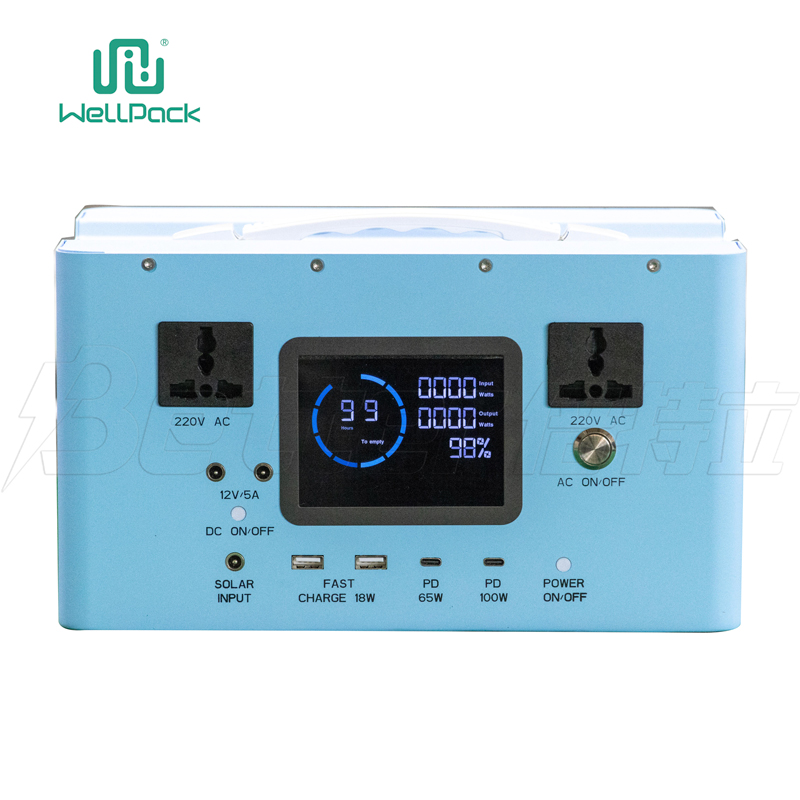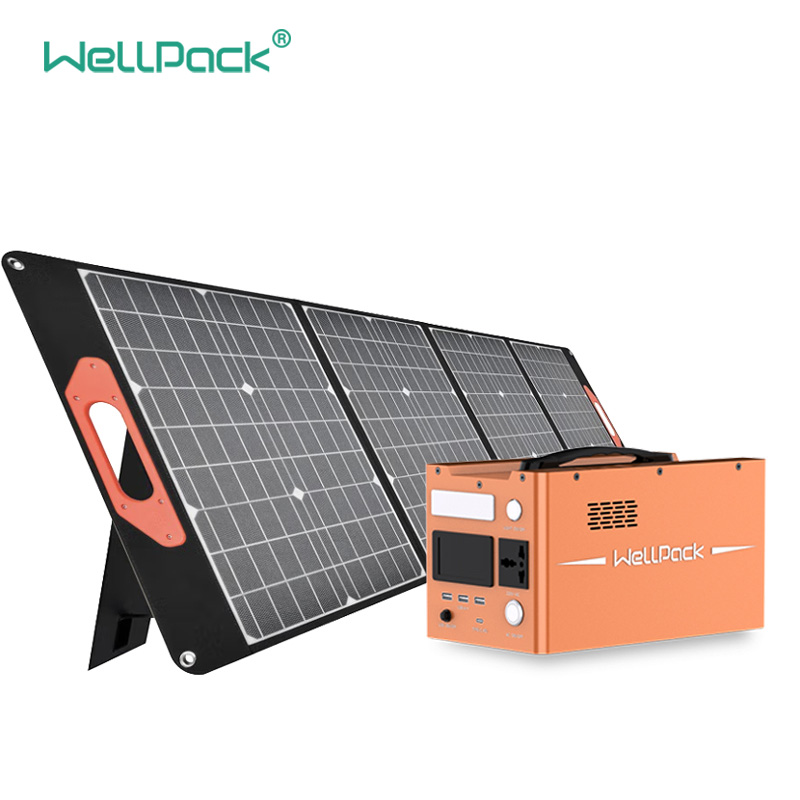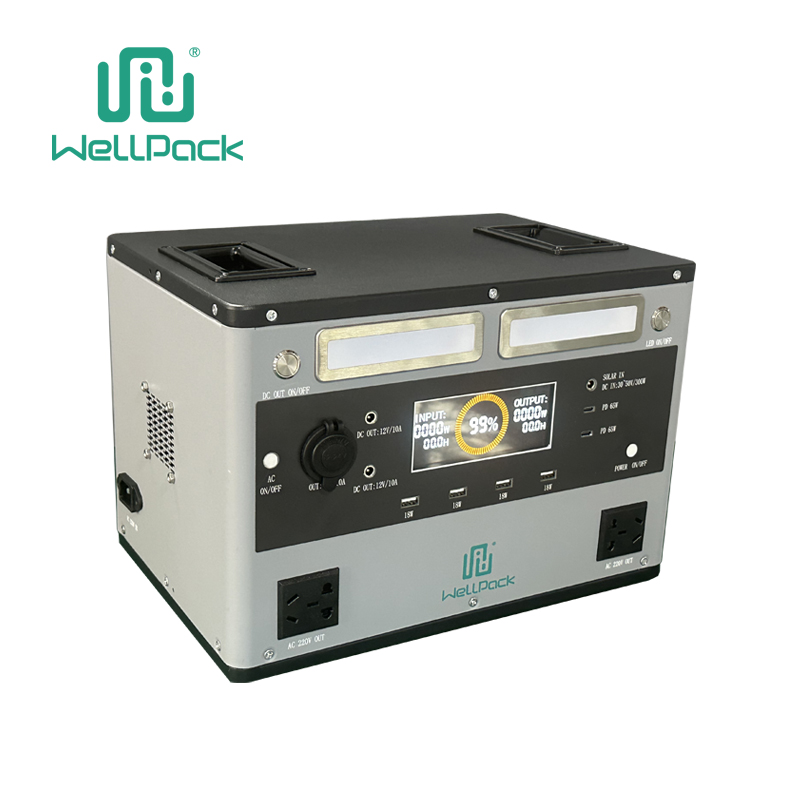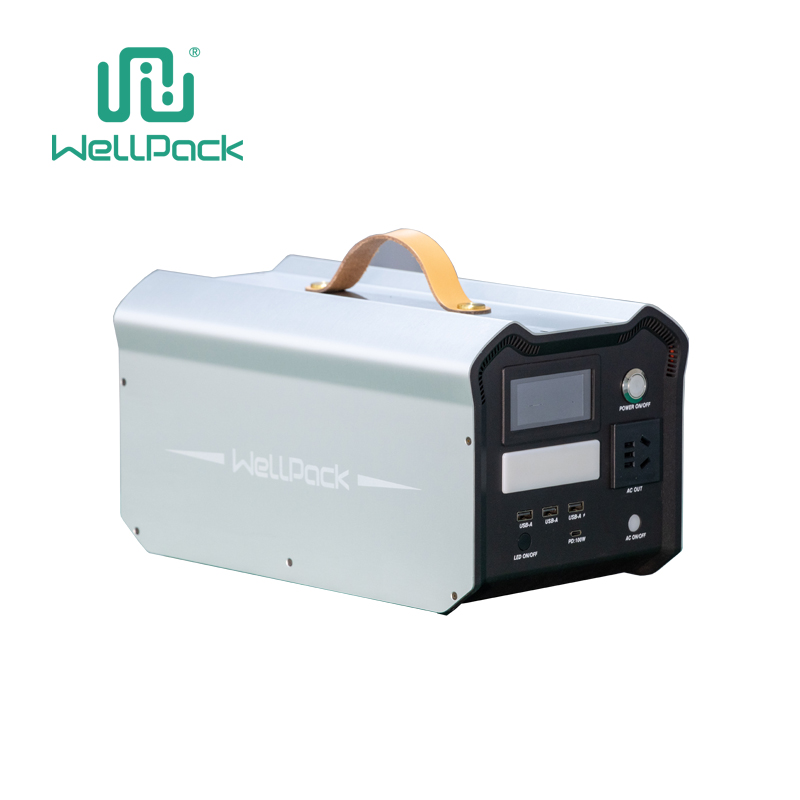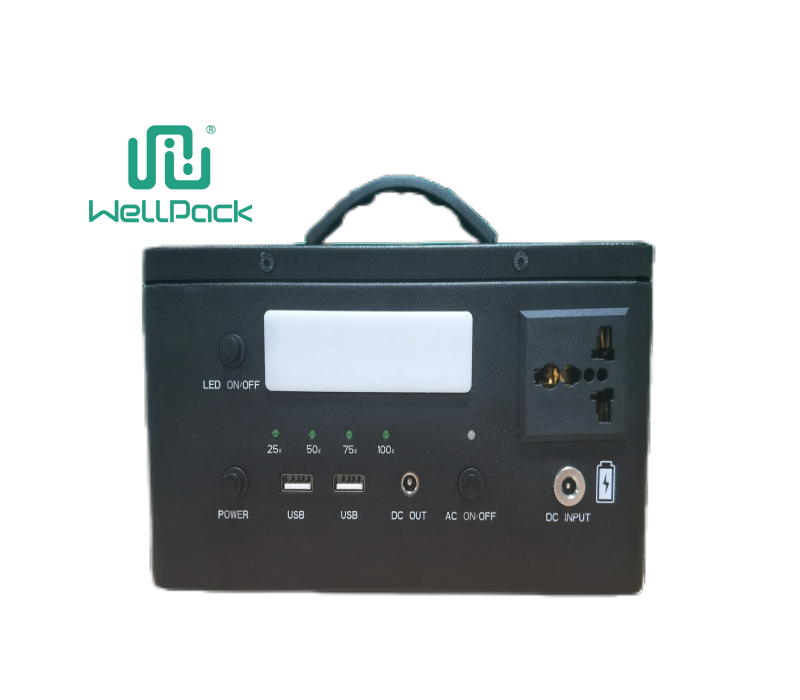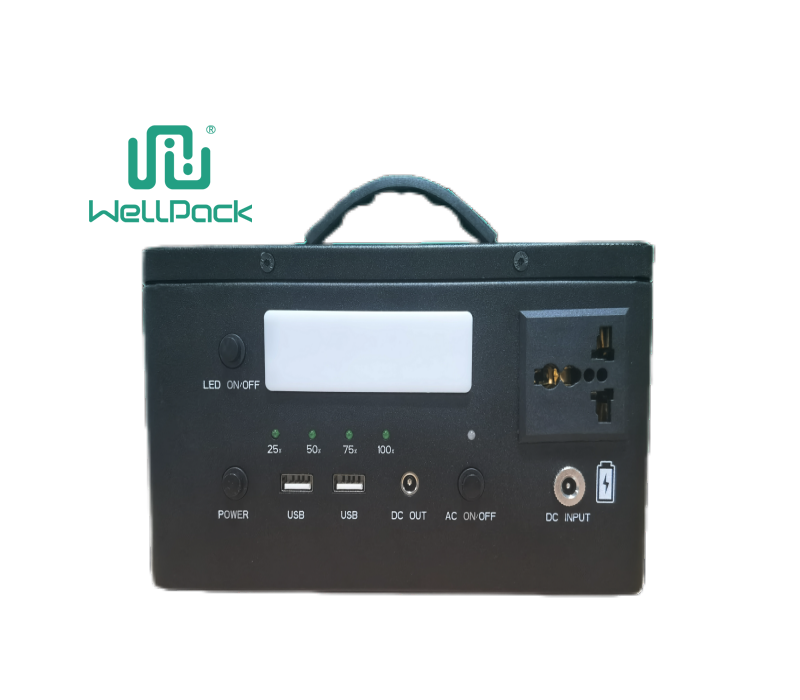Contents
What Are Lithium Starting Batteries?
Unlike traditional batteries that rely on heavy lead plates soaked in acid, lithium starting batteries pack energy into lightweight cells. They're designed to deliver a massive surge of power for just a few seconds—enough to spin your engine—then recharge quickly. If you're dealing with a vehicle that sits idle for weeks, like a seasonal boat or a weekend project car, these can solve nagging issues like dead batteries from self-discharge.
In daily life, you might wonder about them if your current battery struggles in winter or weighs a ton when you're swapping it out in a tight engine bay. Let's break down the upsides and downsides so you can decide if a lithium ion starting battery fits your routine.
How Do Starting Batteries Work in Everyday Use?
Starting batteries aren't built for long hauls; they're sprinters. Your car's alternator handles the steady power draw once the engine's running, but the battery jumps in for that initial kick. A typical lead-acid one might crank at 300-500 amps, but it loses punch over time, especially if left unused.
Lithium versions crank harder—often 800 amps or more—and hold that edge longer. Picture a mechanic's shop: swapping a dead battery every six months gets old fast. Or think of a delivery van driver who hates the drag of extra weight on fuel efficiency. Understanding this basics helps when you're troubleshooting why your ride won't start after a long parking stint.
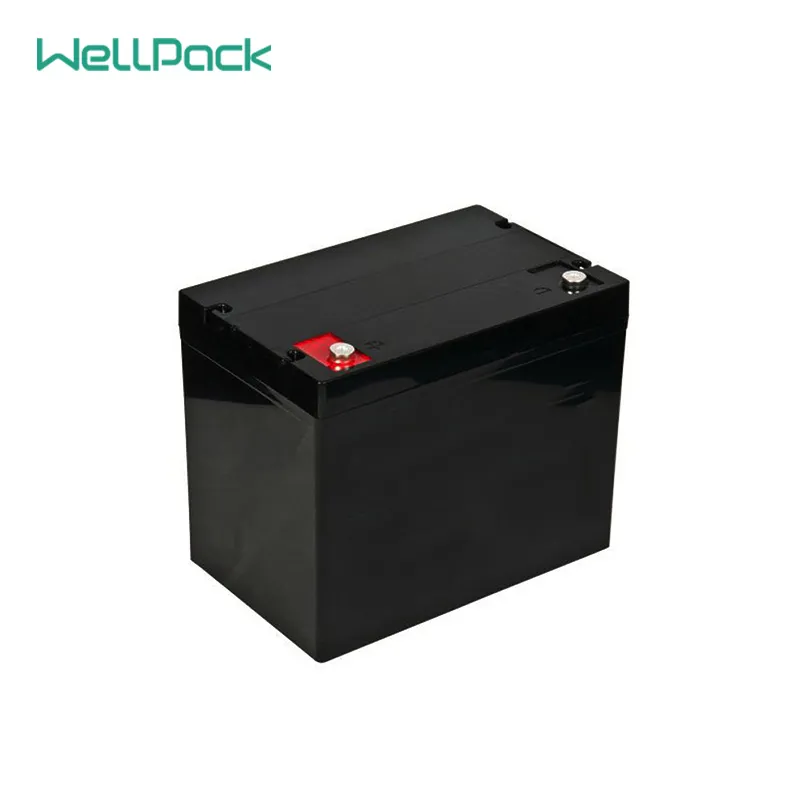
Pro: Lighter Weight for Easier Handling
One of the first things people notice is how much lighter these are. A standard Group 24 lead-acid battery tips the scales at around 40 pounds, while a comparable lithium starting battery might weigh just 10-15 pounds. That's a game-changer if you're wrenching on a motorcycle or a small engine where every ounce counts.
In real-world scenarios, like trailering your ATV to the woods, less weight means easier loading and better towing dynamics. I've heard from fleet managers who switched their work trucks to lithium ion starting batteries for cars and saw measurable fuel savings—up to 2-3% in some cases—simply from shedding ballast. No more straining your back during installs, either.
Pro: Higher Power Output for Quick Starts
When you need it most, lithium starting batteries deliver. They provide cranking amps that dwarf traditional ones, often 2-3 times higher in cold conditions. This means reliable starts even at -20°F, where lead-acid batteries might flatline.
For commuters in harsh climates, this translates to fewer "oh no" moments at stoplights. Boat owners report firing up outboards on the first pull after months in storage, thanks to the battery's low self-discharge rate—under 3% per month versus 20-30% for lead-acid. It's that consistent power that keeps your day on track.
Pro: Longer Life and Fewer Replacements
Durability is where lithium shines bright. These batteries can handle 2,000-5,000 charge cycles before fading, compared to 200-500 for lead-acid. In practical terms, that could mean 5-10 years of service instead of 2-3.
If you're a small business owner with a fleet of service vans, imagine cutting battery swaps in half. Or for hobbyists restoring classics, it means less downtime hunting parts. The key is their stable chemistry; they don't sulfate like lead-acid does from repeated deep discharges, so your advantages of lithium starting batteries include peace of mind over years.
Pro: Faster Charging Without the Wait
Time is money, and lithium starting batteries respect that. They recharge in 30-60 minutes with a compatible charger, versus hours for lead-acid. This is huge for roadside assists or quick top-ups before a trip.
Electric golf cart operators, for instance, love how a lithium starting battery for motorcycles lets them rotate stock faster without overnight charges. Even at home, plug in after a drive, and you're good to go by dinner. Just match your alternator output—most modern vehicles push 50-100 amps, plenty for lithium's needs.
Pro: Low Maintenance for Busy Schedules
Forget checking water levels or cleaning corrosion; lithium batteries are sealed and maintenance-free. No spills, no fumes, just drop-in reliability.
This appeals to anyone juggling work and family—think a contractor who doesn't want to babysit gear. In marine applications, where salt air wrecks terminals, the rugged casing on high-performance lithium starting batteries holds up without constant wipes. It's one less chore on your list.
Con: Higher Upfront Cost
Let's be straight: you'll pay more initially. A solid lithium starting battery runs $200-500, double or triple a lead-acid equivalent. For budget-conscious folks, that stings, especially if you're fixing an old beater.
But crunch the numbers: over its life, it often costs less per year. Still, if your vehicle sees light use, the savings might not justify it right away. Weigh this against your usage—daily drivers benefit most from the pros and cons of lithium starting batteries.
Con: Not All Vehicles Are Ready for Them
Not every setup plays nice. Older cars with basic alternators might overcharge lithium cells, leading to early failure. You may need a voltage regulator or DC-DC converter, adding $50-200 to the bill.
Motorcycle riders sometimes hit snags with stock wiring not handling the battery's low internal resistance. Check your manual or consult a shop; for modern EFI systems, it's usually plug-and-play, but classics demand tweaks. This compatibility hurdle trips up DIYers chasing lithium ion starting batteries for cars without research.
Con: Behavior in Extreme Temperatures
While great in cold, lithium can falter above 140°F—think hot engine bays or desert hauls. Capacity drops 20-30% in heat, and prolonged exposure risks swelling.
Off-roaders in the Southwest note needing vents or relocation for lithium starting batteries for boats. On the flip side, they're champs below freezing. If your routine involves saunas-on-wheels, monitor temps; otherwise, it's a minor quibble.
Con: Safety Considerations to Keep in Mind
Lithium's energy density is a double-edged sword. Rare but possible thermal runaway—overheating leading to fire—demands respect. Buy from reputable makers with built-in BMS (battery management systems) to prevent overcharge or shorts.
In workshops, store them cool and dry, away from flammables. Incidents are low—far rarer than lead-acid spills—but awareness matters. For pros handling lightweight lithium starting batteries, it's about smart habits, not paranoia.
When Should You Switch to a Lithium Starting Battery?
Go for it if weight, power, or longevity tops your list—like in racing, RVing, or high-mileage trucks. Skip if cost trumps all or your ride's a garage queen.
Assess your pain points: frequent failures? Slow cranks? Heavy swaps? A lithium starting battery targets those. For hybrids or EVs needing auxiliary starts, it's often a no-brainer upgrade.
Quick Tips for Getting the Most Out of Yours
Store at 50% charge for long sits. Use a smart charger matching lithium specs—nothing fancy, just compatible. Inspect connections quarterly; clean if needed.
Avoid full discharges; top off monthly if idle. For best lithium starting batteries, follow the manual—most last ages with basic care. Pro tip: log your starts to spot patterns early.
Wrapping It Up: Is It Right for You?
Lithium starting batteries aren't perfect, but their edges in weight, power, and endurance make them worth eyeing for anyone tired of battery blues. If your work or play demands reliability without hassle, the pros likely outweigh the cons.
Start small: research your model's fit, budget for quality, and enjoy the difference. Got questions on specifics? Dive into forums or chat with a battery pro—they're full of real-user stories on lithium starting battery advantages.


